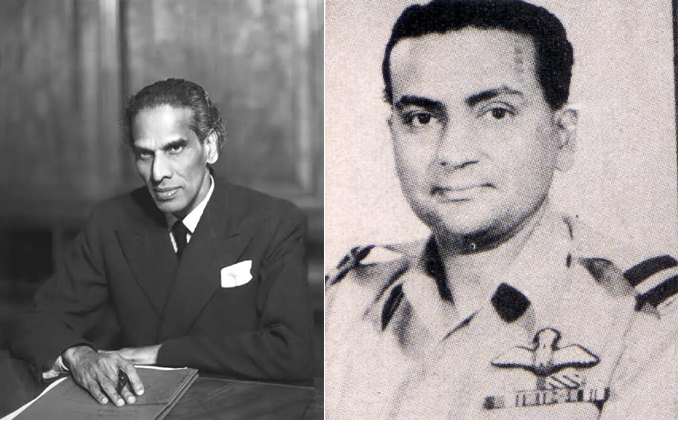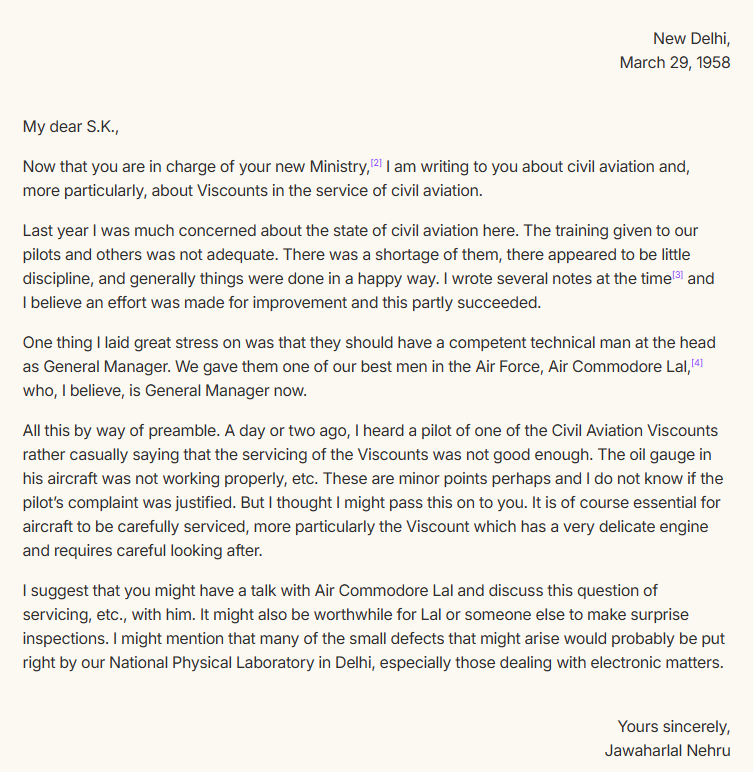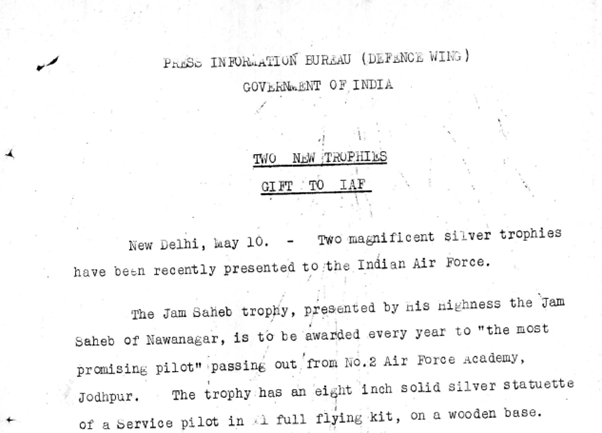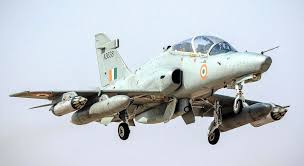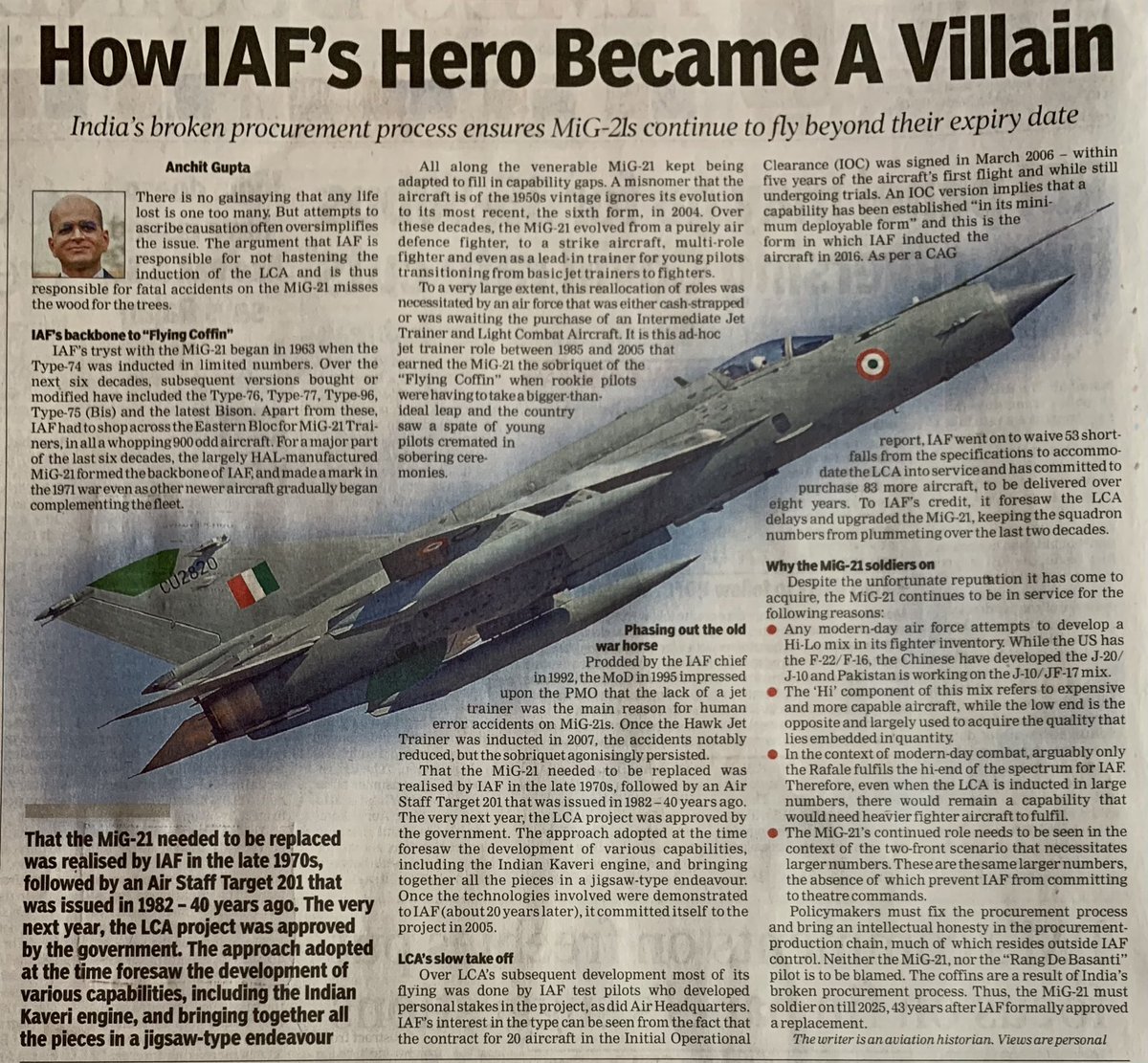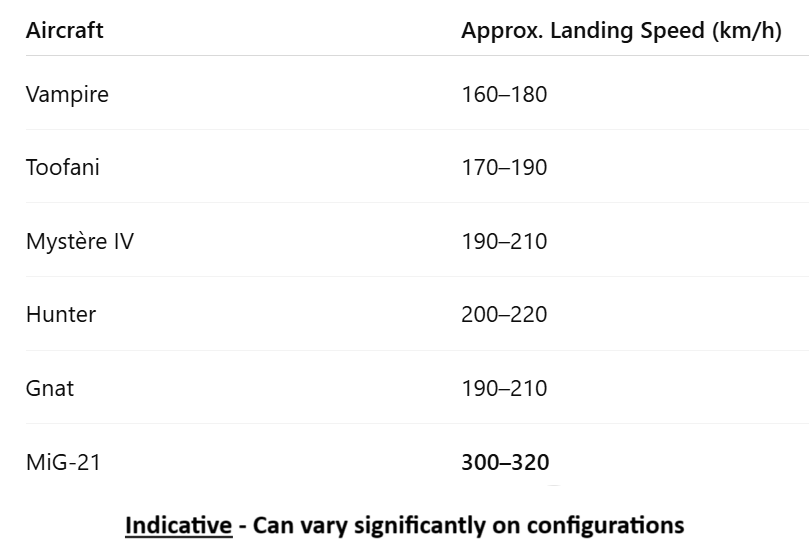When the @IAF_MCC pilots flew the F-86 Sabres with the USAF and then “slew” it in the 65 and 71 Wars. The saga of the 80 odd IAF fighter pilots who trained with the USAF between 1963-66 and later claimed five PAF Sabre kills amongst them! #IAFHistory (1/17) 
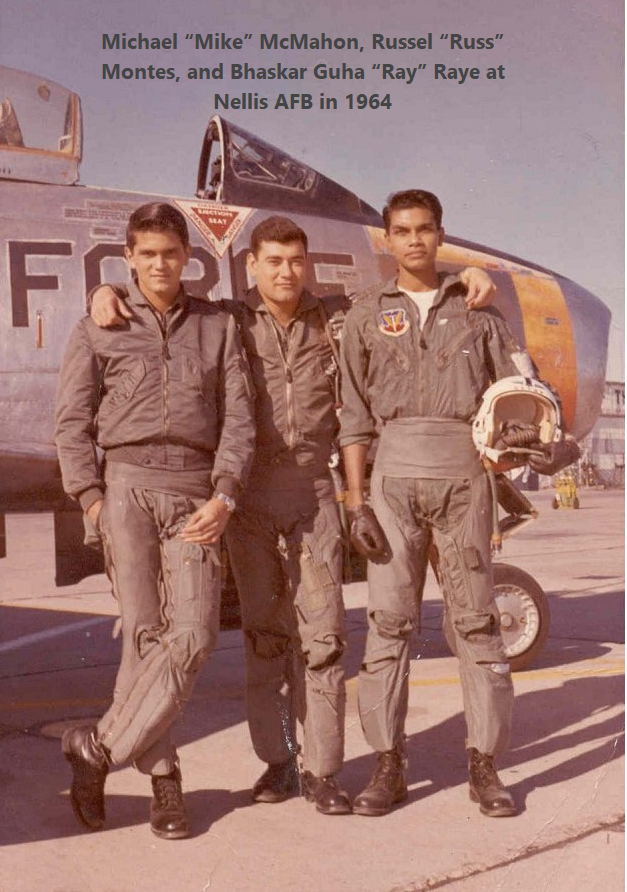
1962 Sino-Indian War prompted two key changes – an expansion in the IAF fighter sqns requiring higher pilot intake & US + UK Military aid and assistance to balance the power equation with China. 2/ 

It was felt that the sqn trg in India would not be able to produce the required nos of fully ops pilots in time to man these sqns. Help was sought from both the UK and the USA, and both responded. The USAF-bound IAF pilots would fly the T-33A & F-86 (Sabres) 3/ 

US Air Force opened up its Combat Crew Training Sqn (CCTS) with the “Advanced Fighter Course” (course No 111104A) to the Indian pilots together with LatAm, Far Eastern, NATO countries, Iran & Pakistan crew. The course was for roughly 6 mts btwn Lackland, Randolph & Nellis AFB. 4/ 

The USAF required that pilots should have 200 jet hours & an instrument rating. AirHQ decided that only pilots from Vampire & Toofani Sqns would be sent. Anyone with more than 300 hours was not considered except for the first batch. At least 82 pilots were trained over 3 years.5/ 

The first month was spent at Lackland AFB for English Trg, followed by conversion trg at Randolph, flying the T-33A trainer & the last few months at 4521st CCTS Sqn at Nellis AFB flying both T-33A + F-86 Sabre included air-to-ground and air-to-air live armament training. 6/ 

At Randolph, they did conversion trg for 14 hours on the T-33A. 90 min sorties covered circuits, landings & simulated flame-out patterns. Trg was imparted in aerobatics, instrument flying, GCA radar approaches, two & four aircraft close formation. No one was sent solo yet. 7/ 

Thereafter they moved to Nellis. Nellis was known as the ‘home of the fighter pilot’. The Navy “Top Gun” school had not yet come up (it started in 69) and the Nellis-based CCTS was the “Top Gun” school of the era. 8/ 

The first month at Nellis was spent on solo formation flying in the T-33A followed by A2G strafing & skip bombing ex. The trainee IAF pilots were trained to carry out four ac co-ordinated attacks in formations with pilots from Pakistan, Iran, LatAm & NATO. 9/ 

Subsequently, they did conversion & gunnery trg on the F-86F Sabre. It was the first ac they flew with hydraulically powered flight controls. The A2G phase consisted of strafing, R/P firing, dive-bombing & low-level bombing. The A2A phase consisted of firing on a towed banner.10/ 
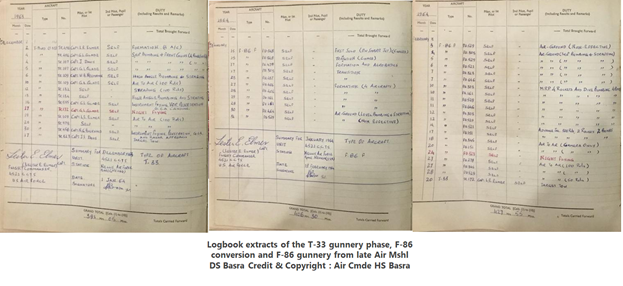
There was a general Certificate of ‘Graduation’ for all individuals who had successfully completed the course. Certificates of Achievement for the highest score by an individual -Strafe, Rocketry, Dive Bombing, Level (Skip) Bombing & Air-to-Air Firing 11/ 

In addition, 3 trophies were awarded: - Best in academics or Ground Subjects, Overall best in Live Armament/Flying ‘Top Gun’, Overall best or Outstanding Student. At least three IAF officers won the “overall Top Gun” Trophy – VK Bhatia, Dadoo Subaiya & V Vidyadhar. 12/ 

The pilots benefited immensely – Learnt to fly two different a/c, tactics from USAF, and flying & living with pilots from various countries. Perhaps most importantly, they understood the F-86 Sabre better which would lead to these pilots claiming 5 kills in Air or Ground. 13/ 

Sukrut Raj , who attended the course from March-October 65, was flying with 4 Sqn in 1971 War. During an escort msn, bounced by PAF Sabres, he outmaneuvered the enemy aircraft and shot it down. He was awarded a Vir Chakra for the A2A kill. 14/ 

One of the last pilots to complete the course in 1996, DC “Danny” Nayyar, with 221 Sqn was on his first counter-air mission over Dacca airfield during the 71 War and faced Ack Ack fire, but managed to destroy a Sabre on the ground, earning a Vir Chakra. 15/ 

Jimmy Bhatia flying the Su-7 with 32 Sqn in the 71 war was responsible for the destruction of three Sabres on the ground in a deep penetration strike at a PAF airbase. This earned him his second VrC, one of the only 5 to receive a “Bar to VrC” in IAF. 16/ 
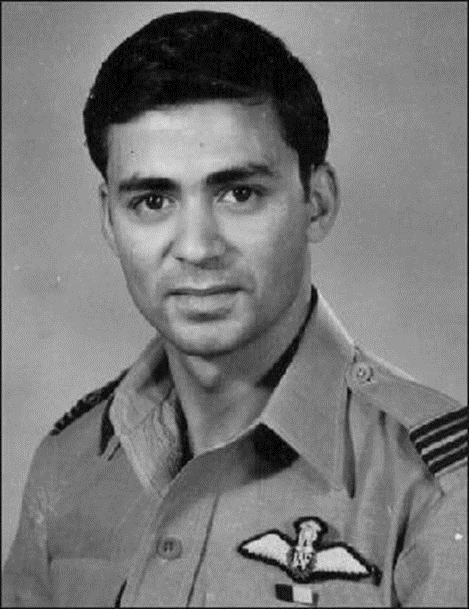
Due to the 65 War, USA pulled out the aid & the program ended. I am grateful to @vayusena , Air Mshl Rajkumar, Air Mshl VK Bhatia, Air Mshl Mike McMahon, Flt Lt Peter Brown, Sqn Ldr Dadoo Subaiya and Gp Capt Vidyadhar for the inputs and pictures for this thread. 17/ 

• • •
Missing some Tweet in this thread? You can try to
force a refresh


